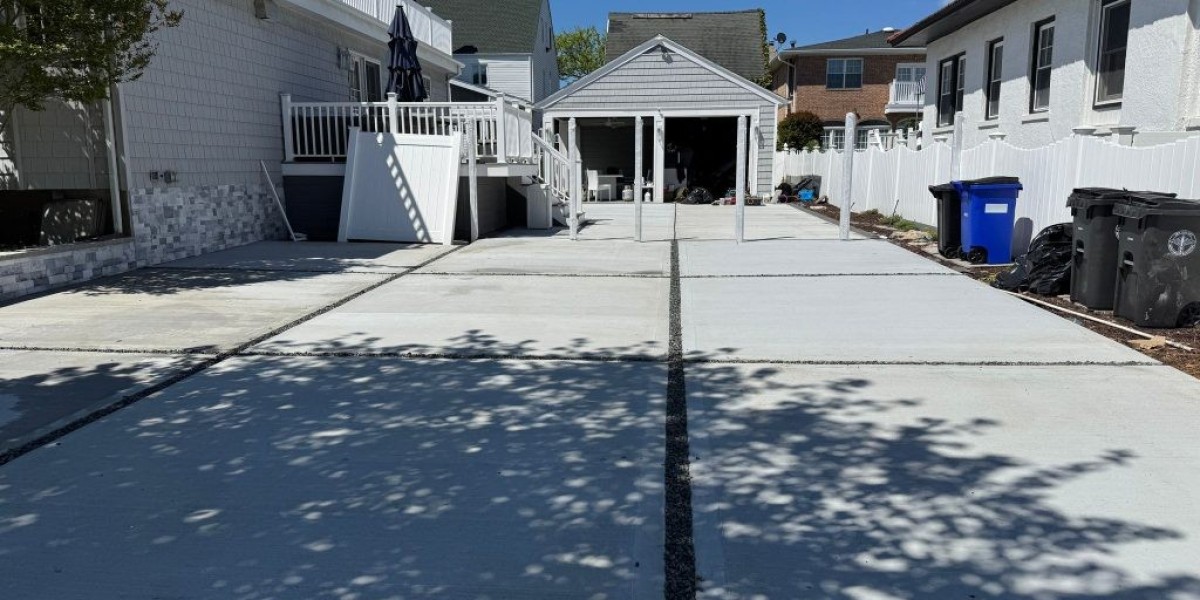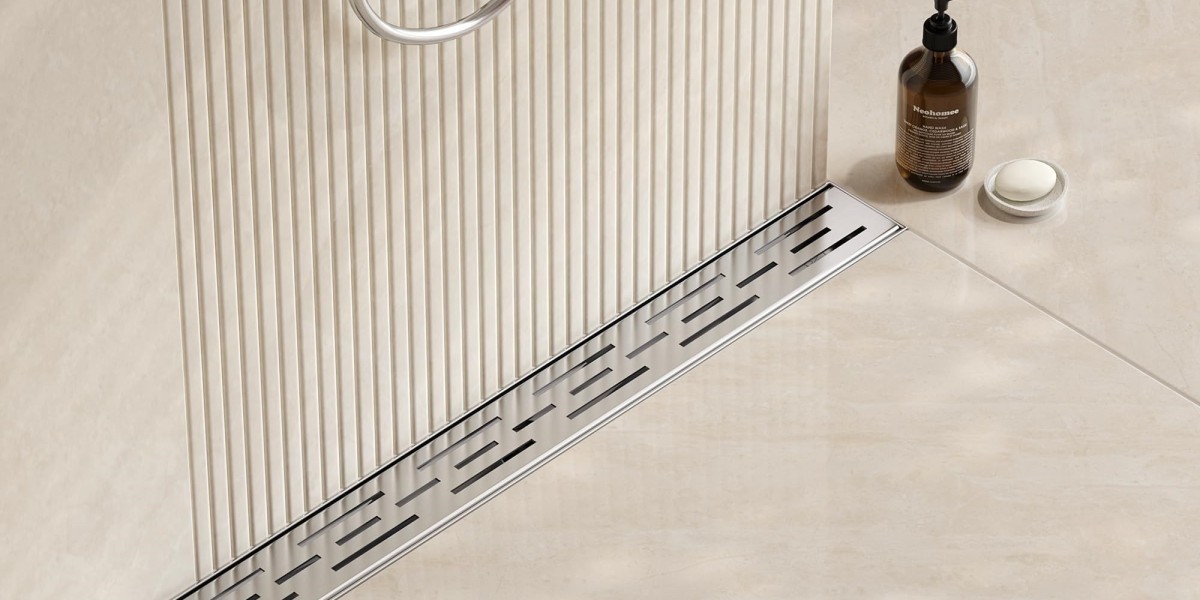In today’s digital world, having a website is a must for real estate agents and agencies. A real estate website helps you showcase listings, build trust, attract leads, and grow your brand. The best part? You don’t need to be a tech expert to build one. With WordPress, creating a professional and user-friendly real estate website is easier than ever.
In this blog, we’ll walk you through step-by-step how to create your own real estate website using WordPress—even if you’re a complete beginner.
Step 1: Choose a Domain Name and Hosting
First, you need a domain name (your website address) and web hosting (where your site files are stored).
Choose a domain name that is short, easy to remember, and related to your business. Example:
DreamHomesNY.comSelect a reliable hosting provider like Bluehost, SiteGround, or Hostinger. Many of them offer one-click WordPress installation.
? Tip: Most hosting providers also allow you to register a domain during signup.
Step 2: Install WordPress
Once you purchase hosting, most providers offer a quick way to install WordPress.
Log into your hosting dashboard.
Look for the “Install WordPress” option.
Choose your domain name, and follow the steps.
After installation, you’ll be able to log in to your site at:yourdomain.com/wp-admin
Step 3: Choose a Real Estate WordPress Theme
A WordPress theme controls the design and layout of your website. There are many real estate-specific themes designed to showcase property listings and agent profiles.
Some popular real estate themes:
Astra – Lightweight, fast, and compatible with page builders.
Houzez – Highly customizable and full of real estate features.
Real Homes – Clean, professional design with built-in listings.
WP Residence – Great for agencies with multiple agents.
✅ Most of these themes support listing filters, Google Maps integration, and contact forms.
Install a theme by going to your WordPress dashboard:
Appearance > Themes > Add New, then search and activate your desired theme.
Step 4: Install Essential Plugins
Plugins add functionality to your WordPress site. Here are some essential plugins for a real estate website:
Elementor – Drag-and-drop page builder.
Real Estate Manager – Add and manage property listings.
Yoast SEO – Improve your search engine visibility.
WPForms – Easily create contact and inquiry forms.
Smush – Optimize images for faster loading.
Install plugins from the dashboard:
Plugins > Add New, then search and install.
Step 5: Add Property Listings
Most real estate themes or plugins come with a custom post type for Properties.
To add a listing:
Go to your dashboard and click Properties > Add New.
Fill in details like title, description, price, location, and features.
Add high-quality images and video walkthroughs.
Use categories and tags (e.g., "For Sale", "2 BHK", "Luxury") to organize listings.
Make sure each listing is clear, attractive, and informative.
Step 6: Create Key Website Pages
Your real estate website should include several core pages:
Home Page – Show featured listings, search bar, and a welcome message.
About Us – Share your story, experience, and team info.
Listings Page – Display all properties with filters (price, location, type).
Contact Page – Include your phone, email, form, and office address.
Blog – Share real estate tips, market updates, and neighborhood guides.
Use Elementor or the built-in WordPress editor to design these pages visually.
Step 7: Add Search and Filter Features
A great real estate website lets users search and filter listings easily.
Make sure your theme or plugin supports:
Keyword search bar
Filter by price, location, property type, etc.
Google Maps integration for easy browsing
This improves the user experience and helps visitors find what they’re looking for quickly.
Step 8: Make Your Site Mobile-Friendly
Many users will visit your site from their phones. Choose a responsive theme and test your site on different devices. A mobile-friendly design helps with SEO and keeps users engaged.
Step 9: Optimize for SEO and Speed
Use Yoast SEO to add proper meta titles, descriptions, and sitemaps. This helps your website appear in Google search results.
Also:
Compress images (with Smush)
Use a caching plugin like W3 Total Cache
Keep your site updated to avoid bugs or slow loading
Fast and optimized sites perform better in search engines and retain visitors longer.
Step 10: Launch and Promote
Once your site is ready:
Test all links, forms, and search filters.
Connect your site with Google Analytics and Google Search Console.
Share your website on social media, business cards, and email signatures.
You can also run local Google Ads or Facebook Ads to get initial traffic.
Important Links
Bayshore Road Condo Floor Plans
Bayshore Road Condo Floor Plans
Why the Bayshore Road Condo Location Is One of Singapore’s Best-Kept Secrets
Unpacking the Bayshore Road Condo Site Plan: What Future Residents Can Expec
How to Buy Your First Condo in Singapore: A Complete Step-by-Step Guide for First-Time Homebuyers
Short Term Rental Property Investment Guide
Steps to Buying a House for the First Time






